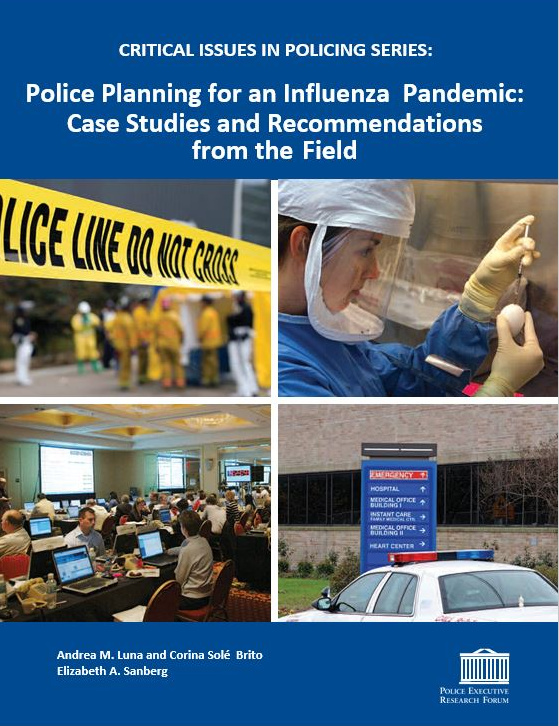Pandemic Planning for Your Workplace Saves Time When It’s Needed The Most
This past couple of weeks will likely go down in history as the fortnight when our world changed forever. Our governments have taken measures aimed at slowing the spread of the CORID 19 virus and protecting our lives. Pandemic planning could not be a more timely topic.
Here in Canada, we had seen images from around the world as the virus spread from country to country with abandon. The daily map from the World Health Organization (WHO) changed before our eyes with deeper shades of red (indicating sick and mortality rates). Each day was getting closer to home.
When the news broke about the first Canadian COVID 19 deaths recorded in Canada, I was driving past the facility and on my way home. Now the virus is not ‘close to home.’ It is ‘right next door.’
We’ve all seen the images of empty shelves from mass shopping expeditions. I see lots of elbow bumping instead of shaking hands, and chapped hands as the result of constant hand washing. People greet one another with “How are you?” followed by, “Is anyone in your family ill?” Empty coffee shops, airports, and sky trains remind us this is the new age of “social distancing.”
H1N1 – I Worked as the Emergency Planner for the PD in New Westminster BC
In 2008/9, when the last worldwide influenza, H1N1, took hold, I was working as the Emergency Planner for the New Westminster Police Department.
I had, coincidently enough, been reading about the consequences for police departments if (when) we faced an influenzas pandemic. I learned how critical it is to have advance conversations about preparedness.
There are best practice examples out there to draw on to guide those preparedness conversations. There are the lessons in the history books from how SARS and other pandemics had been handled. You can access that report here.
Taking Action For Preparedness
We immediately struck a Pandemic Committee at the police department with representatives from every area of the organization.
Information based on facts and not rumors or gossiping was vital – so we taped into the WHO website for a moment by moment updates and advice. We issued PPE to every person in the organization. Protective goggles, Nitrile gloves, hand sanitizer, and N95 Particulate masks.
Everyone trained on how to use each item correctly. Several of us took a 3M fit-testing program so that we could definitively fit-test everyone in the organization. We taught the rest of the team how to wear their N95 Masks properly. People developed confidence in their ability to use the equipment properly.
Every visitor in the building would need screening. So we wrote our guide for that. Police officers knew in advance the medical profile of each call they went on because we wrote a protocol covering that. There was a screening form for visitors, employees and prisoners to go along with this protocol as well.
Critical Services Template
We created a decision-making matrix and shared it internally. The matrix described how and why decisions would be made should the H1N1 situation become that critical.
Have you heard of a Critical Services Template? It shows which services we would continue to deliver if worse case scenarios should occur. (i.e., If 25% of our employees could not come to work due to employee illness or contamination from a sickly family member requiring quarantine).
We pushed our limits. The Critical Services template expanded to reflect 40%, 60%, and 80% abstraction rates from the workplace.
Tough decisions, yes, but I can tell you that everyone felt better knowing that advance arrangements were ready and how they came about.
Communication of a Critical Services Plan
The information dispersed within the organization, and that was key. People knew what we were doing.
I remember clearly all of the workshops and team meetings that we held to make sure that everyone was in the communication loop. People had questions and concerns, and we were able to grapple with the tough concepts and find resolve.
The building service workers’ routines altered, almost eliminating routine carpet cleaning and replace it with constant cleaning of the high touch areas. This meant frequently washing door handles, computer keyboards and elevator buttons and every other shared surface that people told us about.
Hand sanitizing wipes and mobile hand=sanitizer stations were placed everywhere. You could not come into or leave the building without running into one. We held each other and others accountable, “Never walk past a hand sanitizer!” was a motto just as dear as “Never walk past an unsafe act.”
Handwashing technique posters were placed at every sink and on the doors of every washroom cubicle.
All of these steps (and many others) were visible signs that the organization took the health and safety of the staff seriously. And yet, we were first responders providing critical services to the community in the heart of the crisis.
More Action Less Talking
Our Pandemic Plan Committee was committed to MALT (More Action Less Talking). That was our imperative to the organization. Words are cheap, but an action (handwashing, social distancing, etc.) is much more valuable.
What Should Your Pandemic Plan Include?
Your pandemic planning for the workplace should include the following:
Chapter 1: Our Planning Approach
- Presents overall goals of the plan
- Describes the planning process in detail
- Presents an ethical framework for local decision-making
Chapter 2: Pandemic Influenza
- Provides an overview of influenza, pandemics, and the bird flu
- Describes pandemic phases
- Describes potential and expected scope and impact of illness
Chapter 3: Roles and Responsibilities
- Presents roles of the World Health Organization, national, provincial, and city public health agencies
Chapter 4: Surveillance
- Describes methods used to monitor a threat
Chapter 5: Communications
- Summarizes communications plans that the local health authority would employ to provide information to its staff, hospitals, and government agencies
Chapter 6: Emergency Planning
- Describes relevant Operational Support Functions (OSFs) and lead agency roles using the Incident Command System (ICS) model employed by and familiar to first responder agencies throughout North America.
Chapter 7: Health Services
- Describes issues that will affect the health care system
- Focuses on health care capacity and surge issues
Chapter 8: Public Health Measures
- Provides an overview of likely movement restrictions, community education, and case management
Chapter 9: Vaccine and Antiviral Medications
- Describes local the health authority’s role in coordinating and distributing a vaccine and antiviral medications
Chapter 10: Infection Control
- Provides general information on influenza (e.g., symptoms, communicability)
- Describes infection control practices for the general public and in health care and community settings
Chapter 11: Self-Care
- Provides advice to all employees and volunteers on prevention, recognizing the symptoms of influenza, and primary care.
The Moral of this Story
We were fortunate back then. In 2009, H1N1 did not hit British Columbia hard, and we did not activate our Pandemic Plan.
We did activate our Critical Services matrix in 2010. Not for a pandemic, but when Winter Olympics arrived in Vancouver, and 25% of our police officers worked as a venue security team. They worked in the venues for a month.
So, although not used for the scenario for which it was built in 2009, I can tell you that today, in 2020, the Pandemic Plan is probably the most thumbed document in the organization.
Advance planning for your organization, your community, your family, and yourself, is critically important.
You may not be a policing agency, but the ideas in this document will give you and your organizational safety team much with which to work. Good Luck!
Be healthy and safe.






